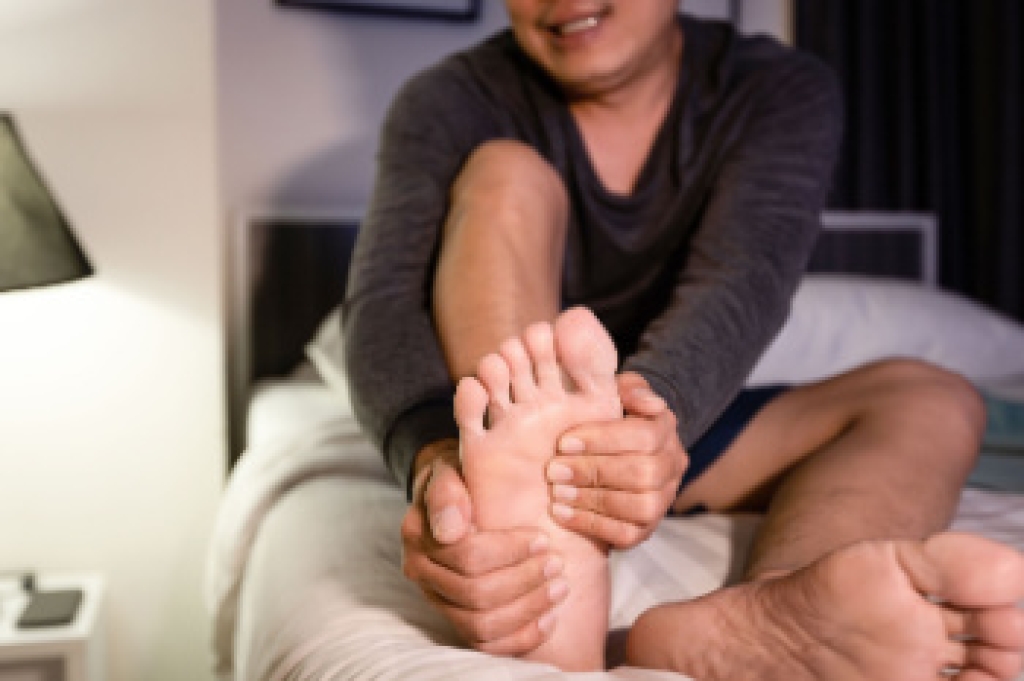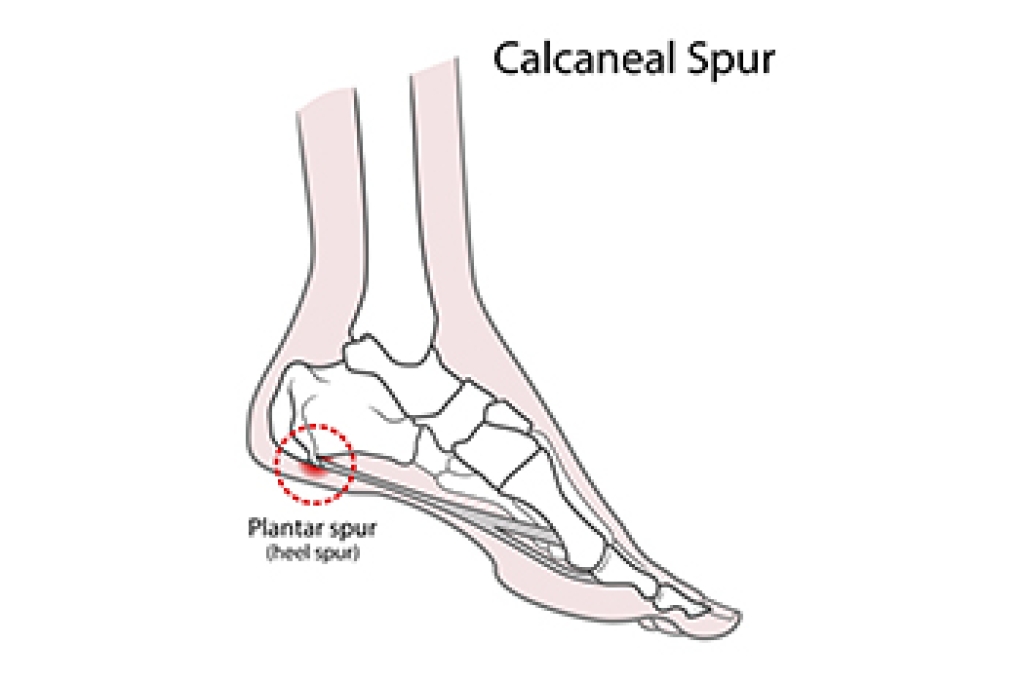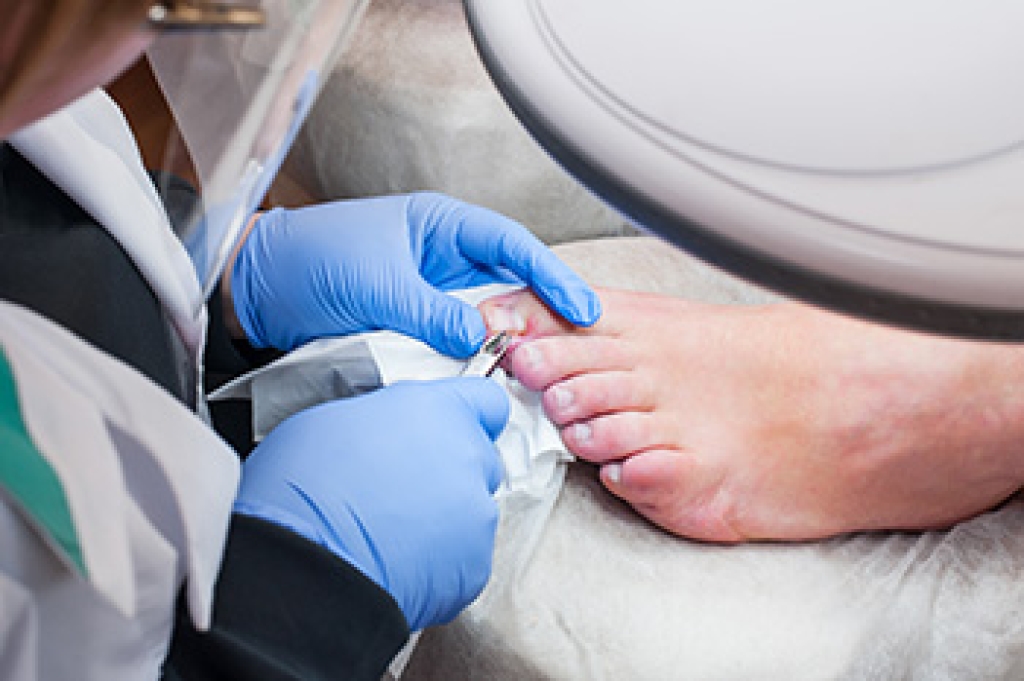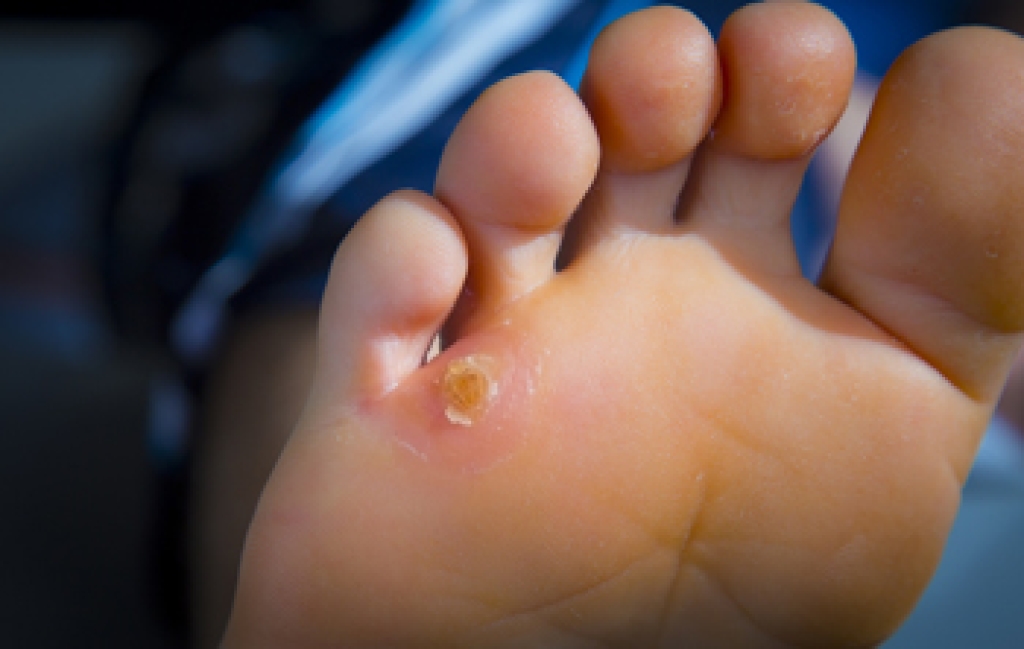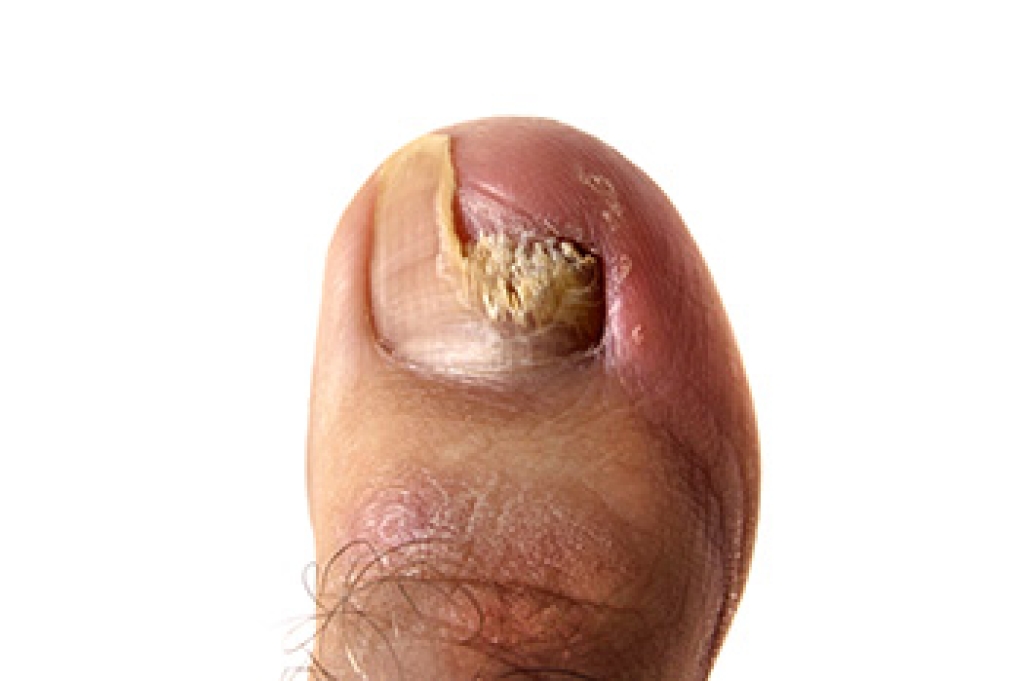
Morton’s neuroma is a painful condition caused by thickening of the tissue surrounding a nerve between the toes. It often develops from repeated pressure on the forefoot and is linked to wearing tight shoes, having flat feet, bunions, or high foot arches. This pressure irritates the nerve and leads to symptoms such as toe cramping, burning sensations, or sharp pain between the third and fourth toes. Many people describe the feeling as walking on a pebble. A podiatrist can diagnose the condition, provide custom padding or orthotics, recommend better footwear, and offer treatments that reduce inflammation and discomfort. If you have any of these symptoms, it is suggested that you consult a podiatrist who can offer effective relief and treatment solutions.
Morton’s neuroma is a very uncomfortable condition to live with. If you think you have Morton’s neuroma, contact Yacara Tabb, DPM of Optimum Foot Care. Our doctor will attend to all of your foot care needs and answer any of your related questions.
Morton’s Neuroma
Morton's neuroma is a painful foot condition that commonly affects the areas between the second and third or third and fourth toe, although other areas of the foot are also susceptible. Morton’s neuroma is caused by an inflamed nerve in the foot that is being squeezed and aggravated by surrounding bones.
What Increases the Chances of Having Morton’s Neuroma?
- Ill-fitting high heels or shoes that add pressure to the toe or foot
- Jogging, running or any sport that involves constant impact to the foot
- Flat feet, bunions, and any other foot deformities
Morton’s neuroma is a very treatable condition. Orthotics and shoe inserts can often be used to alleviate the pain on the forefront of the feet. In more severe cases, corticosteroids can also be prescribed. In order to figure out the best treatment for your neuroma, it’s recommended to seek the care of a podiatrist who can diagnose your condition and provide different treatment options.
If you have any questions, please feel free to contact our office located in Slidell, LA . We offer the newest diagnostic and treatment technologies for all your foot care needs.

